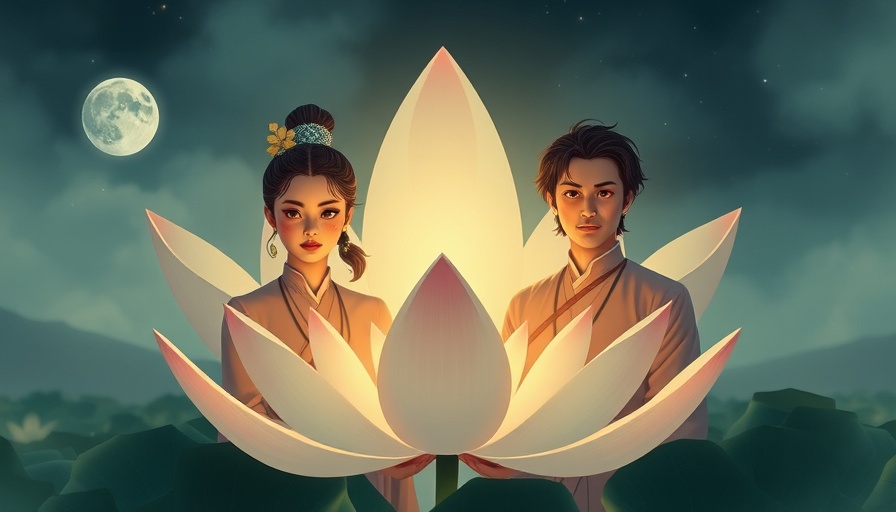
Breaking Taboos: The Cultural Impact of The White Lotus
The recent episode of HBO's The White Lotus has ignited a heated debate regarding the portrayal of sensitive and taboo topics on mainstream television. By featuring a shocking storyline involving incestuous behavior among siblings, the show has pushed boundaries and challenged societal norms. This analysis seeks to explore the broader cultural implications and historical context behind such themes, along with the audience's response to provocative content.
Unpacking the Taboo: Why Incest Narratives Resonate
Incest as a narrative device is nothing new; throughout history, literature and art have explored familial relationships with a mixture of reverence and horror. The shock factor in these stories often stems from the violation of societal norms and personal boundaries. The White Lotus, with its mix of dark satire and melodrama, taps into this ancient vein, unearthing the discomfort that arises when personal relationships blur into forbidden territories.
Audience Reactions: Comfort Zones and Discomforting Themes
The audience's response to the Ratliff siblings' storyline reveals the delicate balance television must strike between shock value and relatability. Many viewers find themselves in a moral quandary: how do we engage with content that simultaneously fascinates and repulses? The dialogue this episode has generated on social media is an indication of audiences craving exploration of difficult topics, even if it means enduring discomfort. Digital nomads and those passionate about culture are especially adept at navigating these complexities, seeking deeper meanings behind sensational depictions.
The Social Context: Changing Perceptions of Family Dynamics
This episode doesn't exist in a vacuum. Modern discussions about family dynamics and sexuality are evolving. Once considered absolute taboos, themes of incest have found their way into popular culture as part of larger conversations about identity and boundaries. The fact that The White Lotus presents these themes in a luxurious setting only serves to heighten the impact, juxtaposing opulence with moral transgression.
Future Insights: What Lies Ahead for Television’s Boundaries
The success of controversies like this may signal a shift in how television addresses heavy topics. As audiences demand more authentic narratives that reflect complex human experiences, could we see an increase in bold storytelling that challenges existing boundaries? From family dynamics to sexuality, there is fertile ground for stories that provoke difficult conversations about morality and personal choice. The evolving landscape of digital media could pave the way for even bolder explorations of taboo themes.
Conclusion: The Cultural Reflection of Our Greatest Taboos
The episodes of The White Lotus act as both a mirror and a magnifying glass, reflecting cultural fears and desires while also amplifying the conversation regarding societal norms. As viewers, especially those who engage with global cultures, we must critically examine our reactions to such content. By doing so, we can navigate the intricate narratives of modern media and embrace a deeper understanding of both ourselves and the world around us.
As discussions about taboo subjects continue to unfold in television and media, it’s crucial to engage thoughtfully with the content and what it reveals about our cultural fabric. How do you feel about the portrayal of taboo themes in popular media? Join the conversation and share your thoughts!
 Add Row
Add Row  Add
Add 




Write A Comment